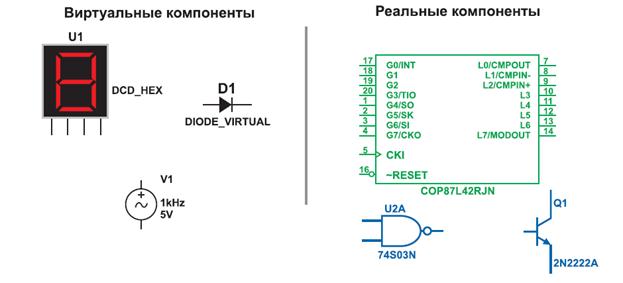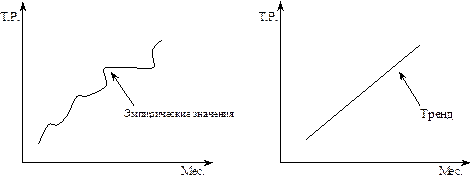TRANSLATION METHOD
Both text and translation are 'thing-bound'. According to Barbara Folkart (1984) 'the latitude which the translator enjoys is subject only to the constraints of register, and possibly, textual cohesion.' This statement is questionable since the SL text is also the basis of the translation, however much the translation departs from it: (a) owing to its different natural usage; (b) if it has to be referentially more explicit than the original - in particular in the case of gerunds and verb-nouns, where case-partners may have to be supplied in the TL text (see Chapter 12). Thus Folkart's example: un dispositif de fixation d'un pignon d'entrainement des organes de distribution becomes: 'a device with a pinion attached to it, driving the machine parts which distribute the fuel mixture to the cylinders' (my translation); in such an example, the case-partners have to be supplied referentially; in other contexts, they can be 'recovered' from the previous sentence.
It is notable that whilst Folkart recommends a 'thing-bound' approach which appears at times to be independent of the SL text, her examples are close trans-lations modified by: (a) TL syntactic constraints; (b) appropriate explanatory reference. The point is that when a thing or a situation is 'pinned' down in a (SL) text, particularly a well-written one, it becomes precisely described. If a translator tries to set out from the object or situation, forgetting the SL verbal details, it is going to be an inaccurate translation. 'Co-writing', in which two or more copy- writers are given the description and function of a product and asked to apply them (in an advert) to local conditions, temperaments, sense of humour in various differing examples (e.g., Telecom adverts for phoning home), is fine, but any 'common' message is better translated. When you approach a technical text (it should be useful to you at this point to refer to p. 161) you read it first to understand it (underline difficult words) and then to assess its nature (proportion of persuasion to information), its degree of formality, its intention (attitude to its topic), the possible cultural and professional differences between your readership and the original one. Next, you should give your translation the framework of a recognised house-style, either the format of a technical report adopted by your client, or, if you are translating an article or a paper, the house-style of the relevant periodical or journal. You have to translate or transfer or, if not, account for everything, every word, every figure, letter, every punctuation mark. You always transfer the name of the publication, a periodical. You translate its reference ('Vol.1., No.5') and date, and the general heading or superscript (Mise au point, Rappel Medical, Travaux et Originaux Memoire, could become 'Medicine Today', 'Medical Review', 'Papers and Originals', 'Original Research Paper' respectively) using the standard formulae of the corresponding English periodical. For authors, delete the par or von, reproduce names and qualifications, and transfer the place of the author's appointment (e.g., Ecole des Hautes Etudes is not normally to be translated) - the reader may want to write to the author. However, you can translate and transferred word in a footnote, if the house-style permits, if you think the clients or readership would find it particularly useful, particularly if it is not a 'transparent' word.
From Hatim & Munday:
|




